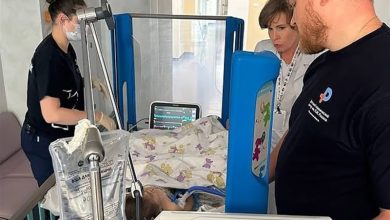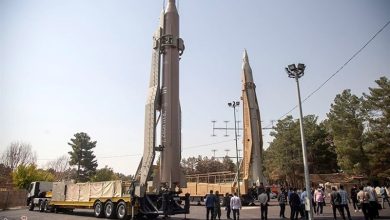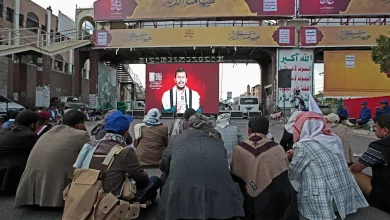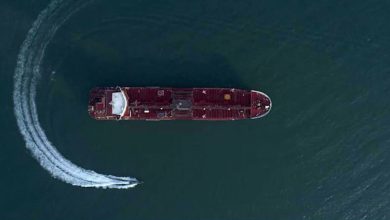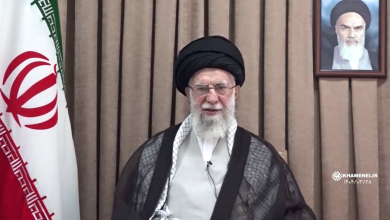Boeing Starliner Spacecraft almost Destroyed by Software Glitches
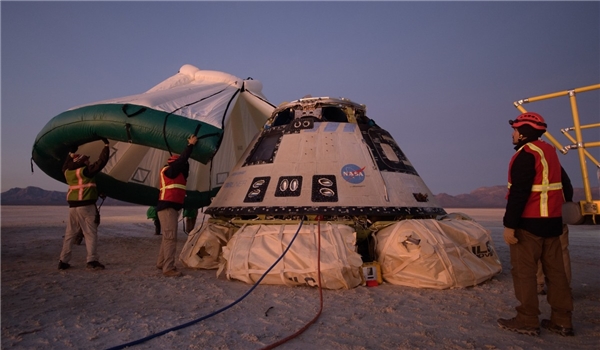
NASA and Boeing have released the preliminary results of their inquiry into the malfunctions that forced the CST-100 Starliner spacecraft to return to Earth early during its first Orbital Flight Test (OFT). The joint investigation team found that two software glitches were so severe that only intervention by ground control kept the unmanned capsule from being destroyed.
On December 22, 2019, at 5:48 am MT, the unmanned CST-100 Starliner Crew Module made a soft, controlled landing at the US Army’s White Sands Missile Range in New Mexico after a mission lasting only 48 hours.
The Starliner’s first orbital flight was intended to test the spacecraft’s automated systems before its first manned mission. However, after its predawn launch from Cape Canaveral Air Force Station in Florida on December 20, 2019, a timer malfunction occurred after the spacecraft’s separation from the Centaur upper stage. This caused the craft’s thrusters to misfire, sending it into the wrong orbit and requiring NASA and Boeing engineers at Mission Control to guide it back to Earth.
According to NASA, the investigation team first met at the beginning of January 2020 and found three incidents that contributed to the mission abort. This included two software glitches – the first causing the Starliner’s onboard Mission Elapsed Timer (MET) to throw itself off by 11 hours, and a second that caused the Service Module to incorrectly separate from the Crew Module. Both would have potentially destroyed the spacecraft if Mission Control had not intervened.
In addition, the command and control link failed momentarily during launch, preventing the Flight Control team from directly correcting the timer malfunction.
NASA says that the team was able to identify the cause of the software glitches, though the communications failure is still under investigation. The team recommended 11 primary fixes to the software problems but also stated that a more in-depth analysis will be carried out because the glitches should have been found and corrected before the flight, indicating the multiple safeguards in place were inadequate.
The investigation team is continuing to look at the root causes of the mission failures and expects to have a more definite idea of what happened and how to prevent it by the end of the month.


